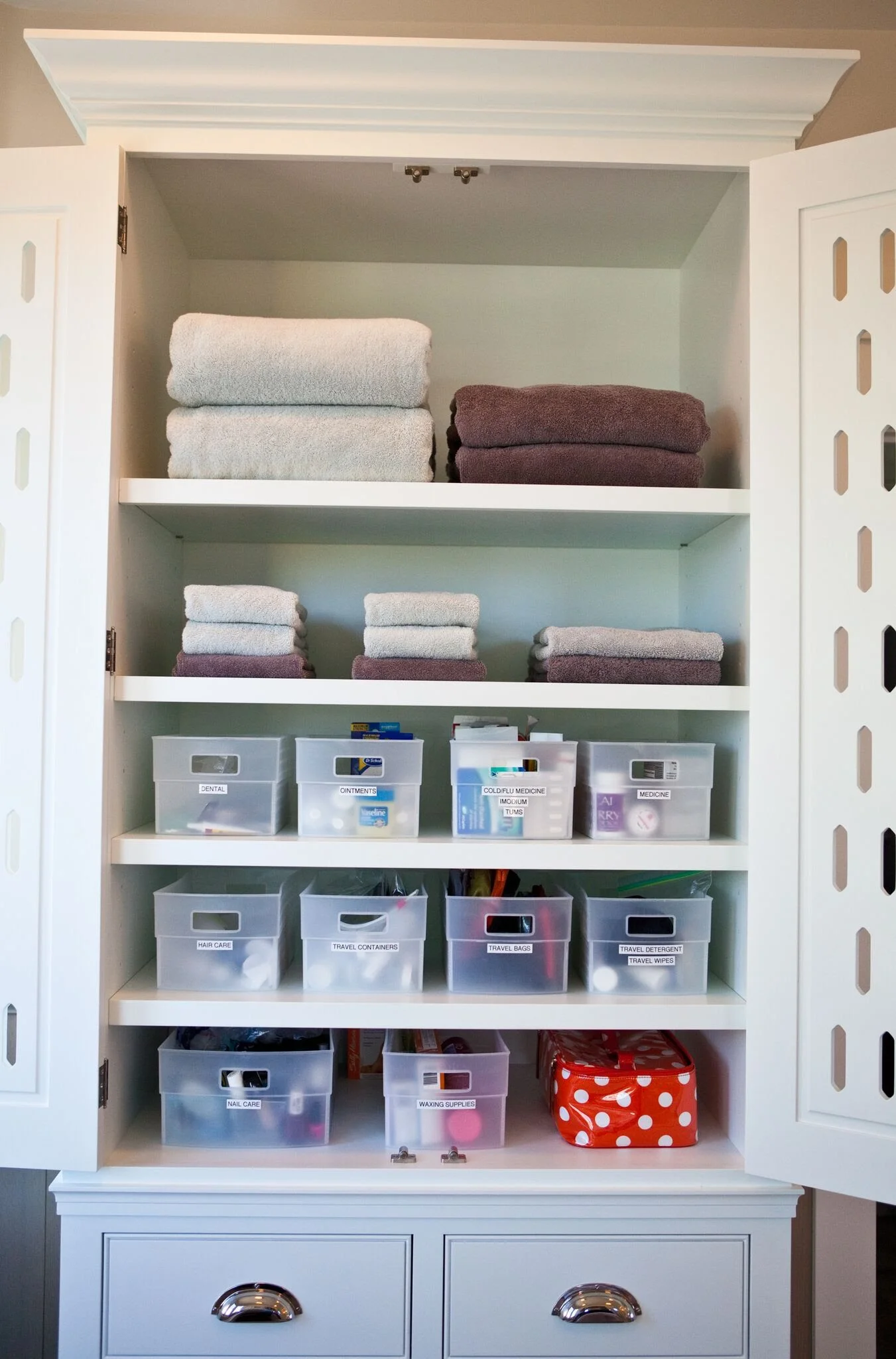It’s the resolution that’s as old as time - to lose weight in the new year. Right? So many of us, so many times, find ourselves on January 1st (or any other date, for that matter) resolving to take the weight off for good this time! But why is it that we keep ending up at the starting point over and over again? Does your workout fall to the wayside at the end of a busy day? Does it feel exhausting to find the time shop, prep and cook all of your healthy meals so you start to slip back into convenience and comfort foods? If you quickly lose steam on your weight loss plan due to these types of obstacles, maybe it’s time to change your approach, not your diet. Here are 4 simple steps to make your health and fitness goals a reality.
1. Hard schedule your workouts
You show up to work at a specific time each day, right? If you came in for half days or just didn’t show up for weeks at all, that wouldn’t bode well for your career. Well, if you don’t show up for your health you’re going to lose it, just like a job. Create a schedule that you can maintain for the workouts of your choice, and go for perfect attendance. Choose your workout time wisely, like early mornings for example, where no other appointment, errand or task could get in the way. For maximum results, try to workout at the same time each day to solidify the habit.
2. Prep your meals
This is a biggie and worth repeating. Prep your food each and every week. Choose one day to grocery shop, prep and cook your meals for the week. Not only is this one of the most sure-fire ways to maintain a consistently healthy diet, but it is going to save you time (not to mention money) in the long run. Cook in batches, portion out your meals, freeze the excess.
3. Log your food
Now, I’m no diet guru, so I won’t be advocating for any certain diet or exercise methods. However, the one common thread that most diets have is to highlight the importance of keeping a food journal and logging your meals on a daily basis. One of my favorite tools for logging food is the calorie counting app, Lose It! We all know there’s a lot more to nutrition than just logging calories, but from the standpoint of accountability and tracking, this app is the best. You can log meals, snacks and exercise. One of my favorite features is a scanning option that loads the nutrition information instantly from a photo of the bar code. Brilliant! Plus, it’s free!
4. Develop a bedtime routine
There are multiple reasons why sleep deprivation will destroy your weight loss efforts. Research shows that people who stay up late consume more calories than those who go to sleep at a reasonable and predictable hour each night. Sleep deprivation interferes with the hormones that signal hunger and fullness levels. Plus, when you're tired, your body demands energy and you’re more likely to cave in to sugar and comfort food cravings. An organized and consistent sleep schedule won't just make you feel better—it'll keep you focused and motivated.
5. Set actionable goals
Set your goals, then break them down into actionable steps. I know you want to lose 40lbs, but if you keep thinking of that number you will be discouraged when you only lose 2 pounds in two weeks. Set an achievable amount of weight loss for the month, write it down, and post it somewhere in your home or office where you will see it every day. If you’re following steps 1-4, then you will surely make it there!
Read More














